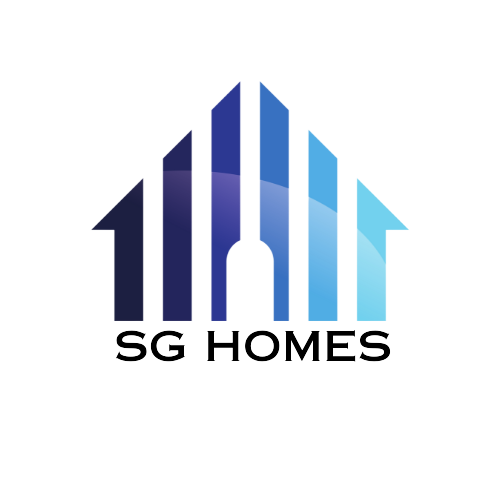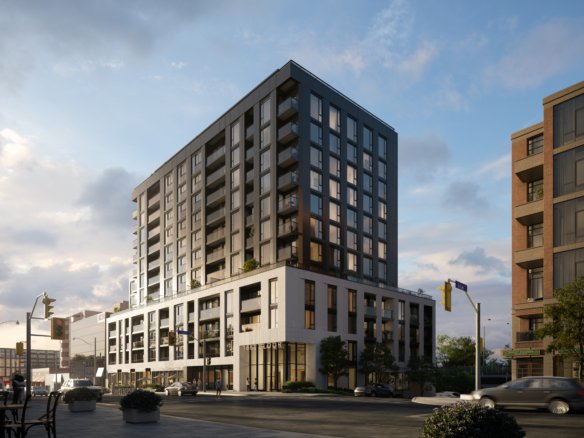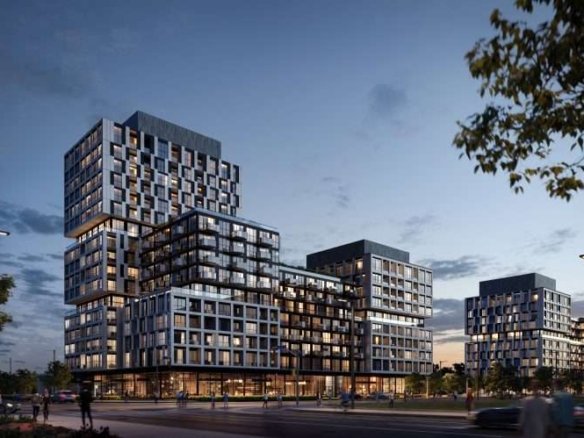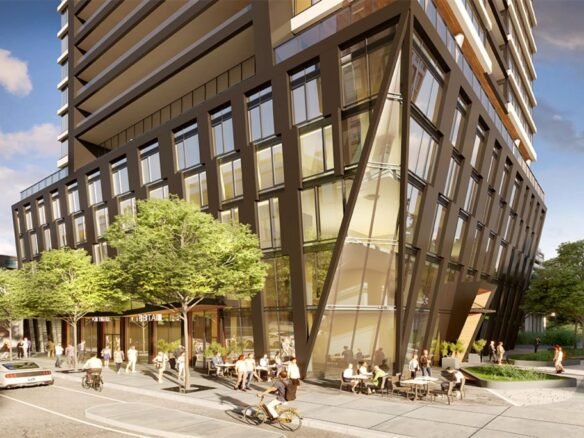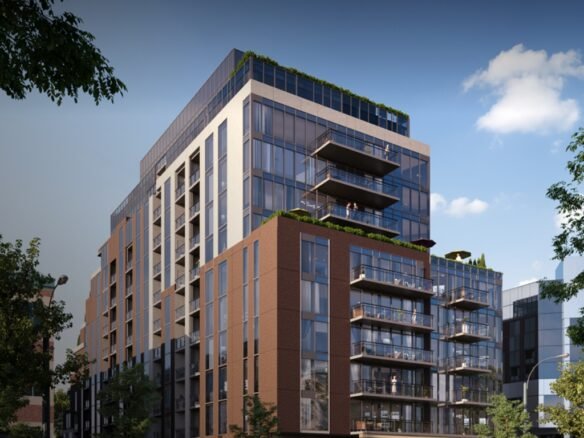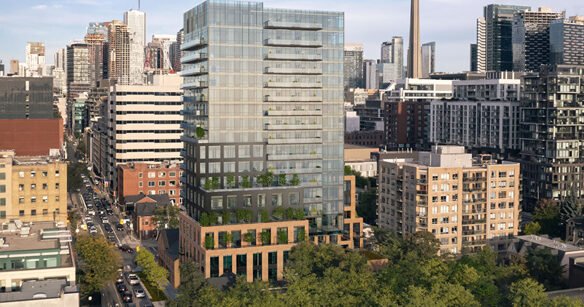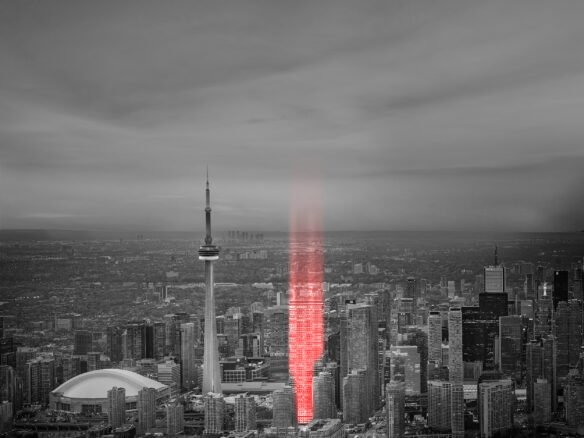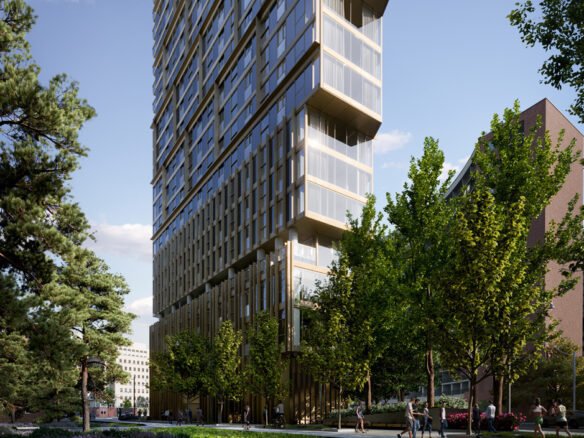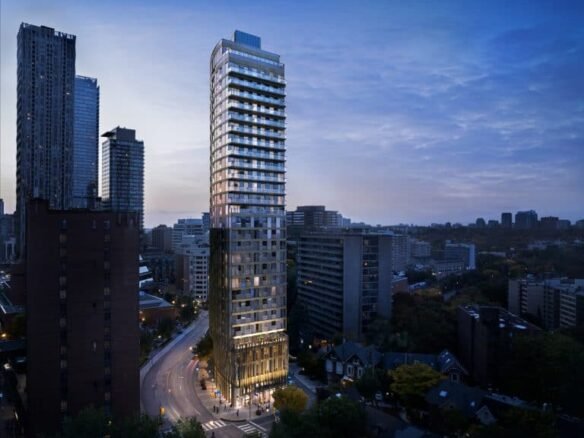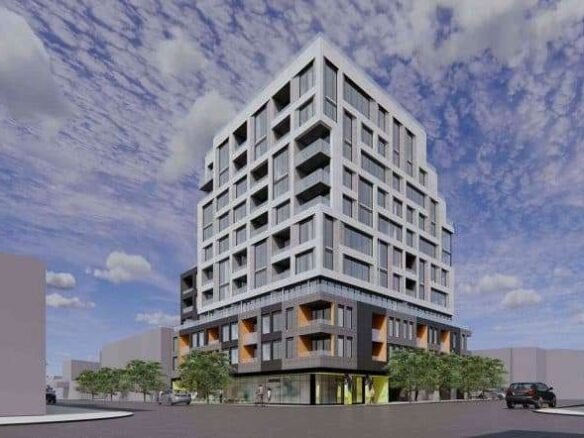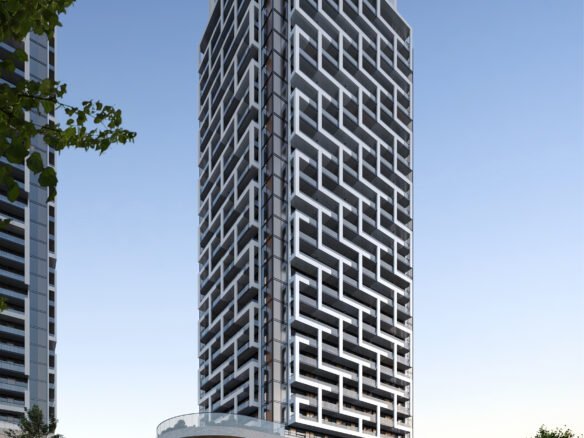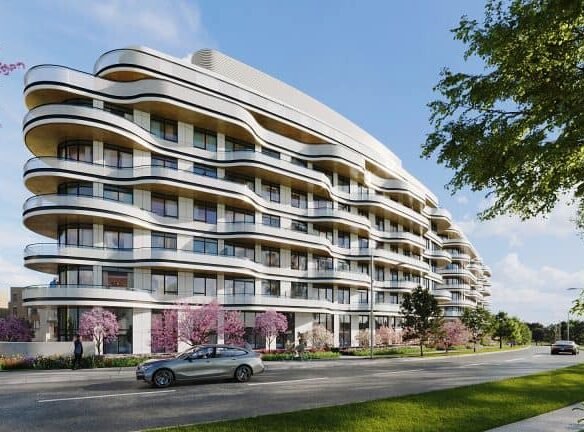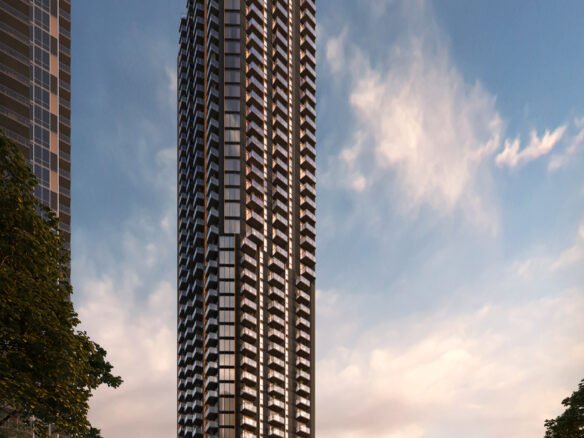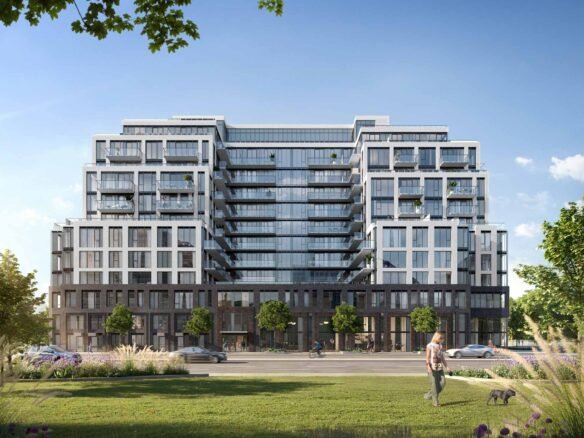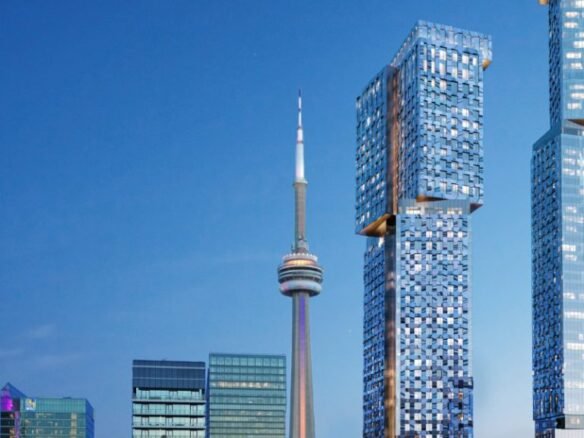Population
Toronto is divided into 158 social planning neighborhoods, which are data sets used by the city, community organizations, institutions, and researchers to address social development and planning needs.The city’s population has seen some fluctuation, with a pattern of concentrated and vertical growth in specific areas, such as the downtown core, Bay Street Corridor, The East Mall/South Etobicoke, Willowdale and Bayview Village, Humberlea, and Agincourt.
Some neighborhoods have experienced a declining population, such as Downsview and West-Humber.
Growth of Real Estate
The expansion of Toronto’s population continues to be characterized by a pattern of concentrated and vertical growth, with considerable amounts of growth in key areas. The challenges of planning for growth and density in the downtown and inner suburbs include issues like gentrification and service planning, as well as the need for community-informed strategies.
Rapid growth near high-level transit nodes reflects planning on intensification in relation to transit capacity, but other areas of growth show that transit planning is not systematically addressing growing needs.
Local Amenities
Toronto’s neighborhoods are a microcosm of the city’s inhabitants, cultures, and life, offering a variety of local amenities. The city has a map visualization tool called Wellbeing Toronto, which evaluates community well-being across neighborhoods using factors such as crime, transportation, and housing.
Some neighborhoods are known for their vibrant and diverse communities, while others offer a more peaceful and family-friendly atmosphere.
Transit Options
The city of Toronto and other municipalities in the Greater Toronto region have been planning major transit-oriented communities, aiming to concentrate growth in transit-oriented nodes. The provincial Places to Grow regional growth plan and Metrolinx’s Big Move mandate the concentration of growth in transit-oriented nodes, and Metrolinx’s Mobility Hub Guidelines provide detailed urban form and design direction.
The city’s transit planning has been facing challenges in addressing growing needs, with some areas experiencing rapid growth near high-level transit nodes, while others show that transit planning is not systematically addressing growing needs.

